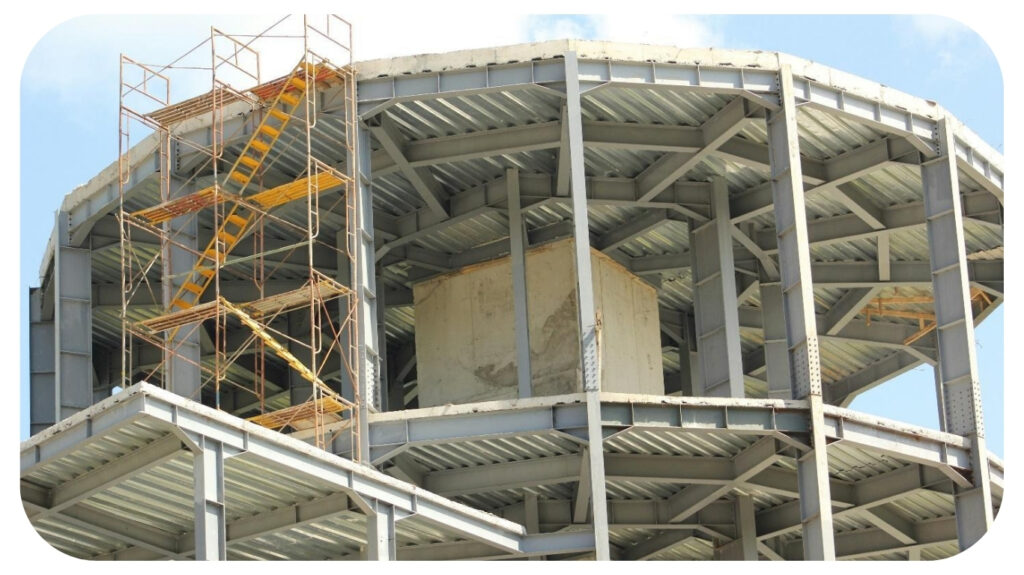Delivering Quality and Safety in High-Stakes Construction Projects

Construction projects in high-stakes environments demand extraordinary precision, not only in execution but also in planning. Quality and safety are non-negotiable principles when working on projects where every detail matters. Without stringent measures, the risks to workers, timelines, and budgets can escalate quickly. By adopting robust protocols and fostering a safety-first culture, stakeholders can ensure success while minimizing costly setbacks. In these complex ventures, the balance between efficiency and safety defines long-term outcomes.
Understanding High-Stakes Construction Projects
High-stakes construction projects represent some of the most demanding, high-pressure endeavors in the industry. These projects often involve immense financial commitments, strict timelines, and critical safety considerations. Mistakes or delays can lead to severe consequences, both in terms of monetary losses and public safety. Understanding what sets these projects apart is essential for anyone involved in their planning or execution.
High-stakes construction refers to projects with exceptional complexity, scale, or impact. These ventures usually require meticulous planning and collaboration among large teams of architects, engineers, contractors, and various specialists. Timelines are typically non-negotiable, as delays can disrupt communities, commerce, or critical infrastructure.
The financial stakes in these projects are just as intense. The budgets stretch into millions or even billions of dollars, leaving little room for error. Investors, governments, and corporations often have a vested interest, which adds another layer of accountability. Complexity is also a defining factor, as these projects integrate cutting-edge technologies, advanced materials, or specialized labor to meet rigorous performance standards. Even small decisions can ripple into major consequences.
“High-stakes construction projects come in many forms, but they share a few key characteristics,” says Rami Tawahsa. “Namely, size, complexity, and impact. Bridges are a common example, connecting communities while ensuring the safety of millions of travelers daily. These structures involve intricate designs and must withstand years of use and environmental stress.”
Hospitals are another example. These facilities are lifelines for communities. They require precise systems for ventilation, power, and emergency access, all while meeting strict health and safety codes. Any failure in design or construction can jeopardize lives.
Skyscrapers also fall into this category. Building structures that scrape the clouds demands exceptional engineering. These projects must consider wind forces, seismic activity, and material limits while ensuring the safety of workers and occupants.
There are many other examples, from airports to power plants, but they all have one thing in common: their success or failure can affect thousands, if not millions, of lives. Understanding why these projects are so challenging offers insight into what it takes to deliver them successfully.
The Role of Quality Control
In high-stakes construction projects, quality control acts as the backbone of every successful endeavor. It ensures precision, reliability, and safety while minimizing costly errors or rework. Without a systematized approach to quality, even small flaws can cascade into significant problems, affecting timelines, budgets, and even lives. By establishing clear standards and adopting thorough processes, teams can align their work with the overarching goals of these critical projects.
The foundation of effective quality control lies in establishing clear and measurable benchmarks for every aspect of the project. These standards guide all stakeholders, from designers to contractors, ensuring that everyone operates with the same expectations.
Start by identifying project-specific requirements. For example, a hospital may demand strict compliance with health and safety codes, while a bridge must meet structural integrity tests that account for environmental stress. Collaborate with regulatory agencies, engineers, and industry professionals to align these criteria with legal and practical considerations. Clear documentation of these benchmarks eliminates confusion and sets the stage for accountability.
Equally important is communication. Quality standards should not be confined to documents that gather dust. Instead, they must be actively shared with teams, discussed in planning sessions, and reinforced throughout the project lifecycle. Visual aids like diagrams or flowcharts can break down complex requirements into digestible formats, ensuring they are understood at all levels. When the entire team knows the “why” behind these standards, they are more likely to prioritize adherence.
Ensuring Safety Protocols
Construction safety is governed by a framework of laws and standards developed to protect workers and the public. These regulations are not optional; they are mandatory guidelines that must be followed to ensure compliance and reduce liability.
The Occupational Safety and Health Administration (OSHA) in the United States outlines many of these requirements. For instance, fall protection is mandatory for workers operating at heights of six feet or more. Additionally, there are strict rules for scaffolding, electrical safety, and hazardous material handling. Similar regulations exist worldwide, tailored to local construction environments and risks.
Building codes also contribute to safety standards. These codes, often updated to incorporate advancements in safety practices, govern structural integrity, material usage, and fire resistance. Ignoring these codes can result in penalties, project shutdowns, or even structural failures.
Another critical aspect involves inspections mandated by authorities. Regular audits ensure that sites comply with safety standards. These inspections often track key safety areas, such as protective equipment use or potential hazards. The consequences of non-compliance can be severe, from steep fines to lawsuits.
Training and Certification
Safety regulations are only as effective as the people implementing them. Without proper training, even the best-written rules become useless. Construction workers must be thoroughly trained to recognize risks, handle equipment safely, and respond to emergencies.
Formal training programs cover a wide range of topics, such as proper equipment operation, hazard identification, and emergency procedures. Workers who understand these areas are far more likely to avoid accidents. Training should be updated regularly, especially when new tools, materials, or methods are introduced.
Certifications play a key role in upholding consistent safety standards. For example, training in first aid or CPR equips workers to handle injuries until professional help arrives. Specialized certifications, like crane operation or hazardous material handling, ensure workers have the expertise to operate safely in their specific roles.
On-site training sessions reinforce classroom knowledge with real-world applications. These sessions give workers hands-on experience with equipment and procedures, reducing the likelihood of errors.
Supervisors must also be trained to spot potential risks and enforce safety measures. Clear communication between supervisors and teams creates a culture where safety is part of every decision.
High-stakes construction also calls for flexible problem-solving. Challenges can emerge unexpectedly, requiring quick adjustments without sacrificing safety or quality. By relying on a well-prepared foundation of processes, teams can respond confidently to the unforeseen while staying on track.
The ultimate goal in these projects is to deliver results that inspire confidence. Stakeholders depend on structures and spaces that perform reliably under pressure. Whether a hospital, a bridge, or a skyscraper, success lies in matching meticulous planning with steadfast adherence to safety and quality standards.
Recommended For You
All The Ways Mobile Banking Has Uprooted Consumer Banking
Most Inside
Most Inside offers high-quality recommendations and valuable updates to enhance all aspects of your life, providing premium guidance and enriching experiences.




